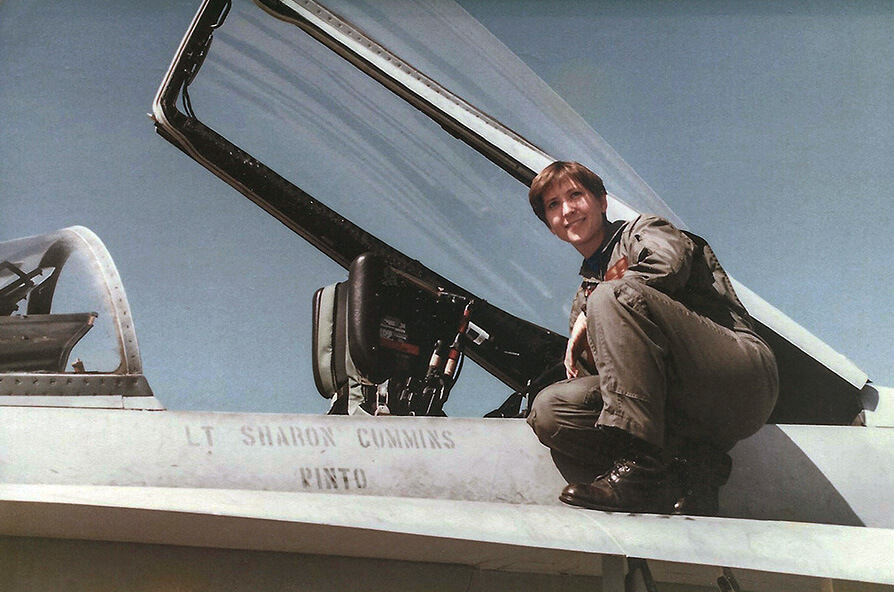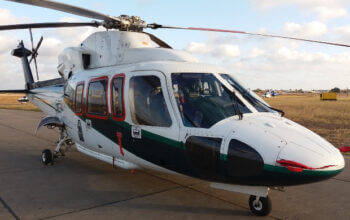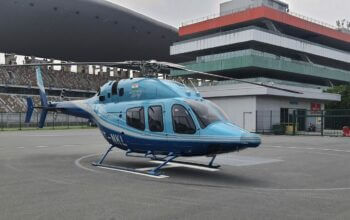Estimated reading time 5 minutes, 7 seconds.
The Smithsonian’s National Air and Space Museum has revealed for the first time the names of the first U.S. women military pilots to officially fly combat missions, nearly 30 years after the military acknowledged their milestone.
The women had kept their identities quiet for that time out of a desire to focus on the importance of the missions and not the individuals. The fliers agreed to be named in an exclusive article in the just-released winter 2024 issue of museum’s Air & Space Quarterly magazine, which was based on interviews with the women.

On Nov. 15, 1994, U.S. Navy Lt Kimberly “Face” Dyson became the first American woman to fly a combat mission for the United States, taking off from the deck of the aircraft carrier USS Dwight D. Eisenhower in a McDonnell Douglas F/A-18C Hornet.
She was one of a cadre of five female Naval aviators to earn the distinction as the others flew in the days immediately after. Dyson’s colleagues in combat included fellow F/A-18C pilots Lt Sharon “Pinto” Deegan (Cummins at the time) and Lt Junior Grade Joy “Trigger” Dean (Adams at the time); Grumman E-2C Hawkeye pilot Lt Lisa “KP” Kirkpatrick; and Sikorsky SH-3 helicopter pilot Lt Lynne Fowler.

They flew their combat missions in 1994 and 1995, starting with Operation Southern Watch in Iraq to enforce no-fly and no-drive zones in the years following the 1991 Gulf War and continuing into Operation Deny Flight over Bosnia and Herzegovina.
Several women had been selected to become combat pilots beginning in April 1993, when the Department of Defense allowed women to fly in combat. Dyson and her colleagues became the first to fly in official combat missions.
In May 2023, Dyson, Deegan, Dean and Kirkpatrick sat down for an interview with National Air and Space Museum curator Michael Hankins and explained that they did not previously share their identities because they wanted to be recognized for what they did, not who they were.

“Their anonymity was, to them, a sign of their success,” Hankins said. “The women wanted to be recognized as effective aviators, just like the others they served with, regardless of gender.”
“We were ready to do anything,” said Dyson of her first combat flights. “It was a little nerve-racking. But in the end, [the first mission] turned out to be a normal flight, very much the same as we had done in practice.”
“Just Doing Their Jobs,” the article sharing the pilot’s experiences on the mission and in their groundbreaking roles, is available in the print and online editions of Air & Space Quarterly.
This press release was prepared and distributed by the Smithsonian National Air and Space Museum.








